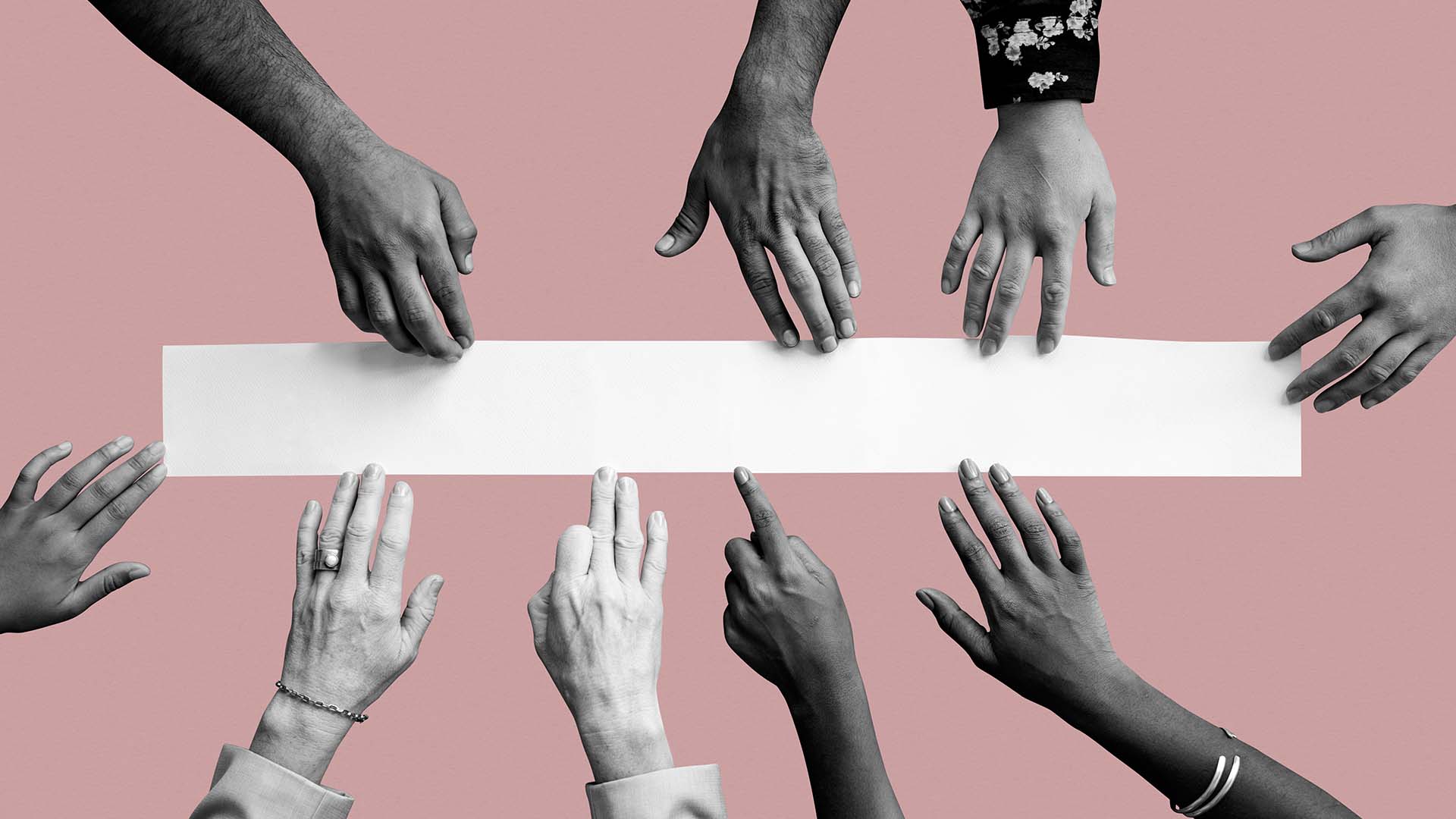Have you ever wonder, how some people get their best ideas all of a sudden? Is there a pattern that brought these ideas to life? No. Probably it is different for each person but when you are working in a creative environment this just happens on its own. But if you have some ways which can easily encourage you, who knows you might be the next mastermind behind the Apple.
Globally, design is pushing toward more high level of collaboration by organizations, focusing on teamwork and experience over time. UX designers are required to pay more focus to support multidisciplinary team working on common, shared product and strategy.
We’ve seen the introduction of the big changes in workflow, task management, and communication. We’ve seen process-driven approaches like design sprints and design thinking, as well as agile methodologies like Scrum and Kanban, transform workflows around the world. And we’ve witnessed designers and developers begin to work in cross-functional teams if they want to keep up with their competition. So what’s next? What’s next are new tools that make collaboration even easier. It’s why Slack was invented, why Trello introduced project boards for teams playing Kanban, and why Google Docs was upgraded with real-time co-authoring. These are just a few examples of many that promise to make us more productive by making it easier to collaborate on projects across teams.
There are mainly two approaches to design: “Lone” Hero Design Team and Co-operative Team. Lone Hero Designers are the ones who work all by themselves, completely un-influenced by any patterns or ideas from others. On the other hand, Co-operative Designers have to take advice from various sources to make their product better according to the ever changing needs of clients.
